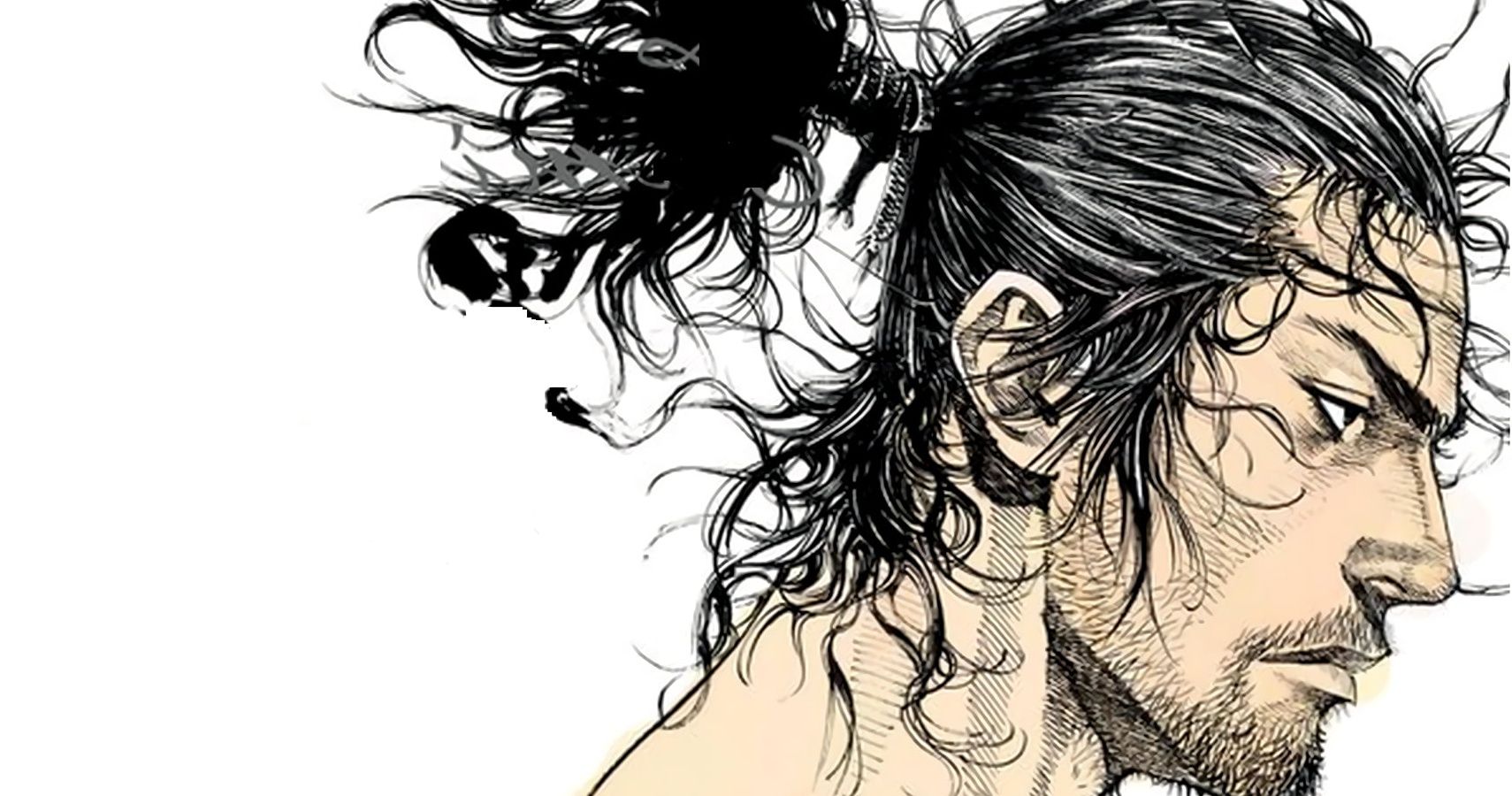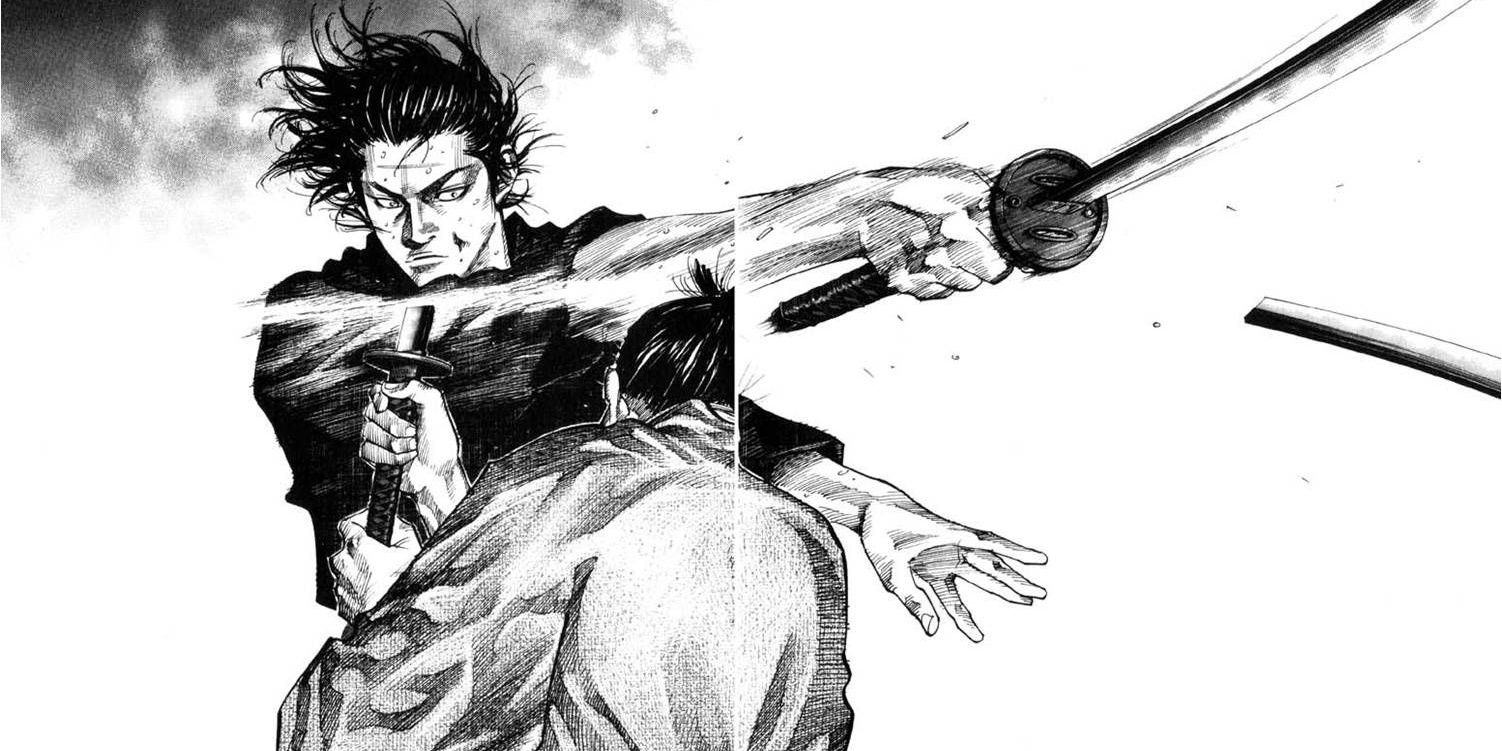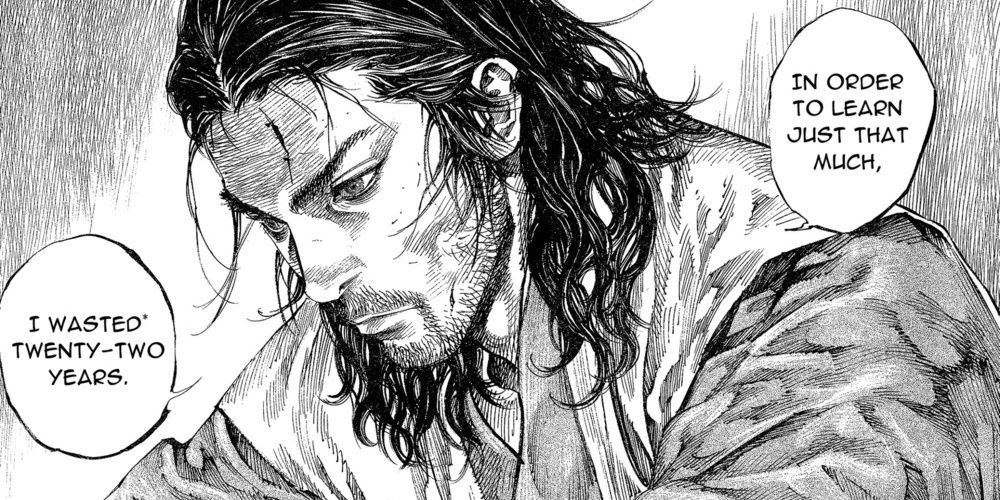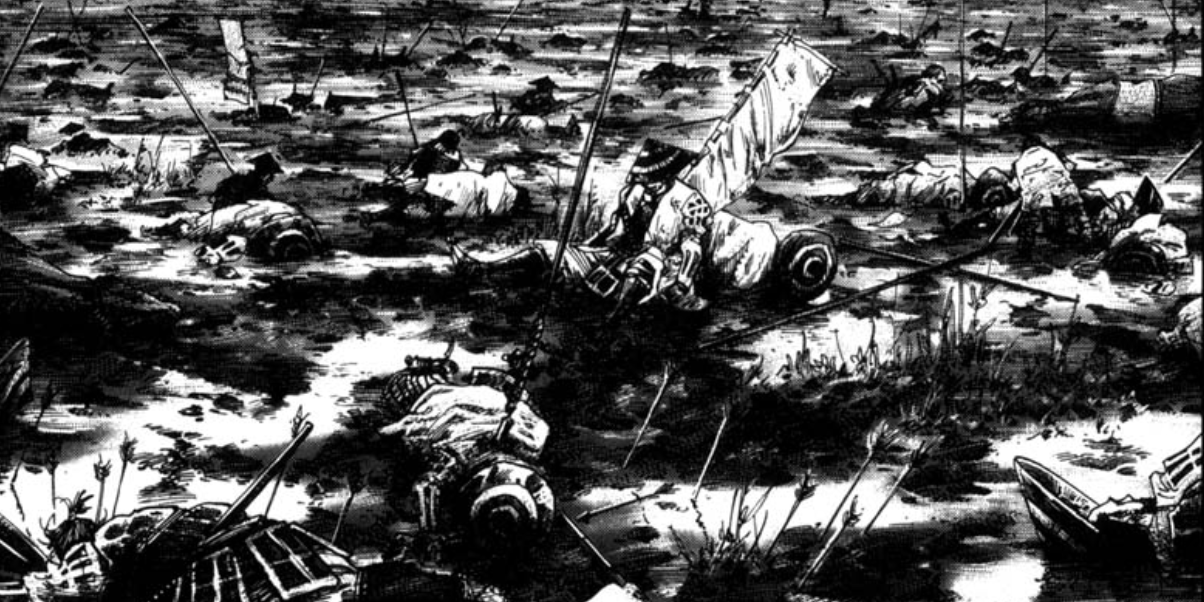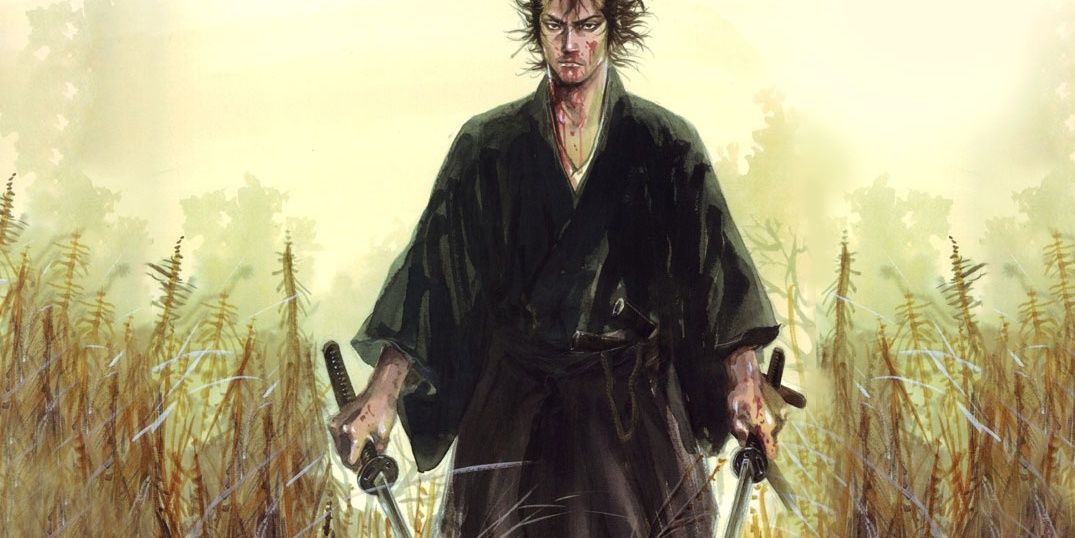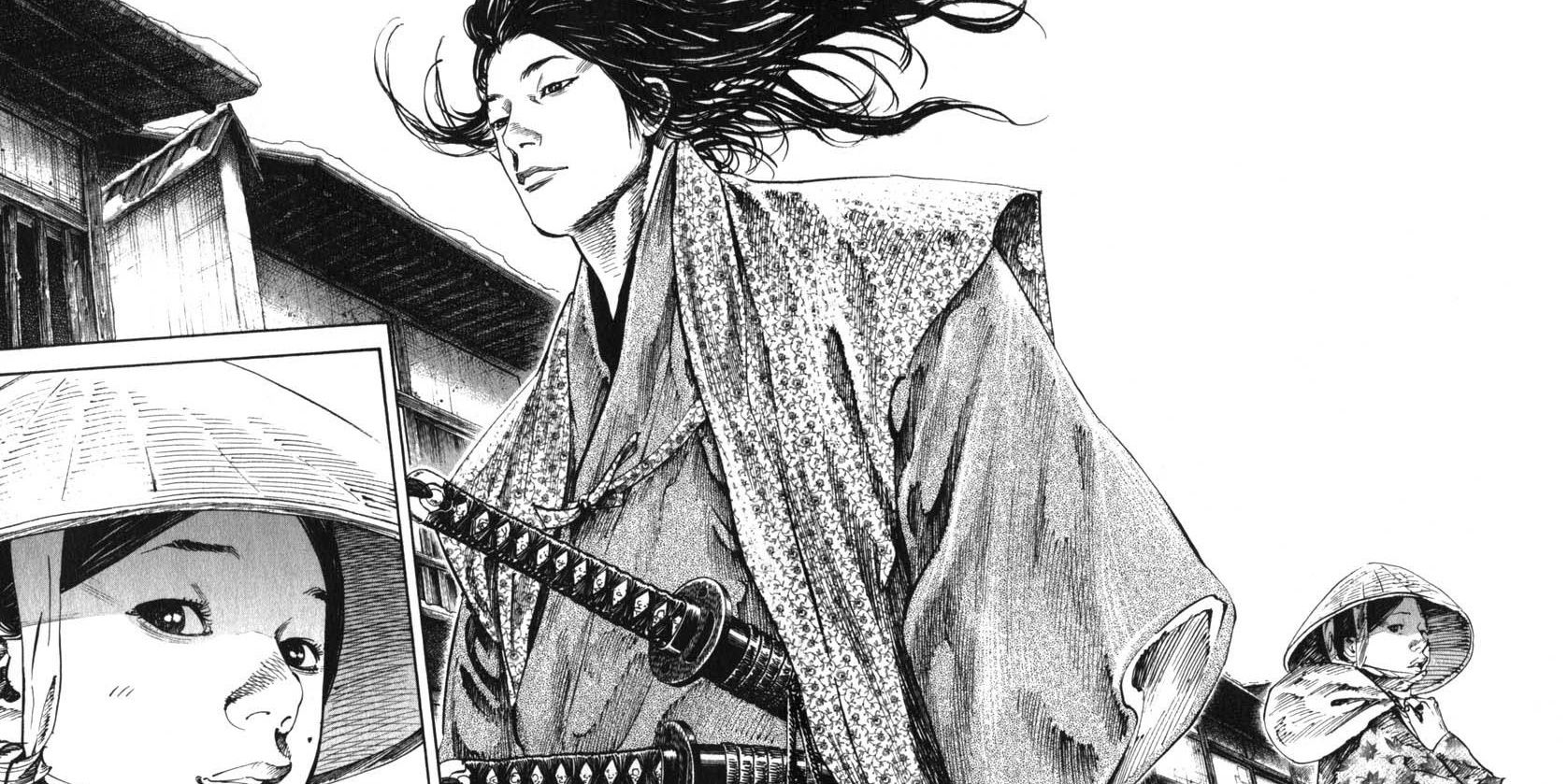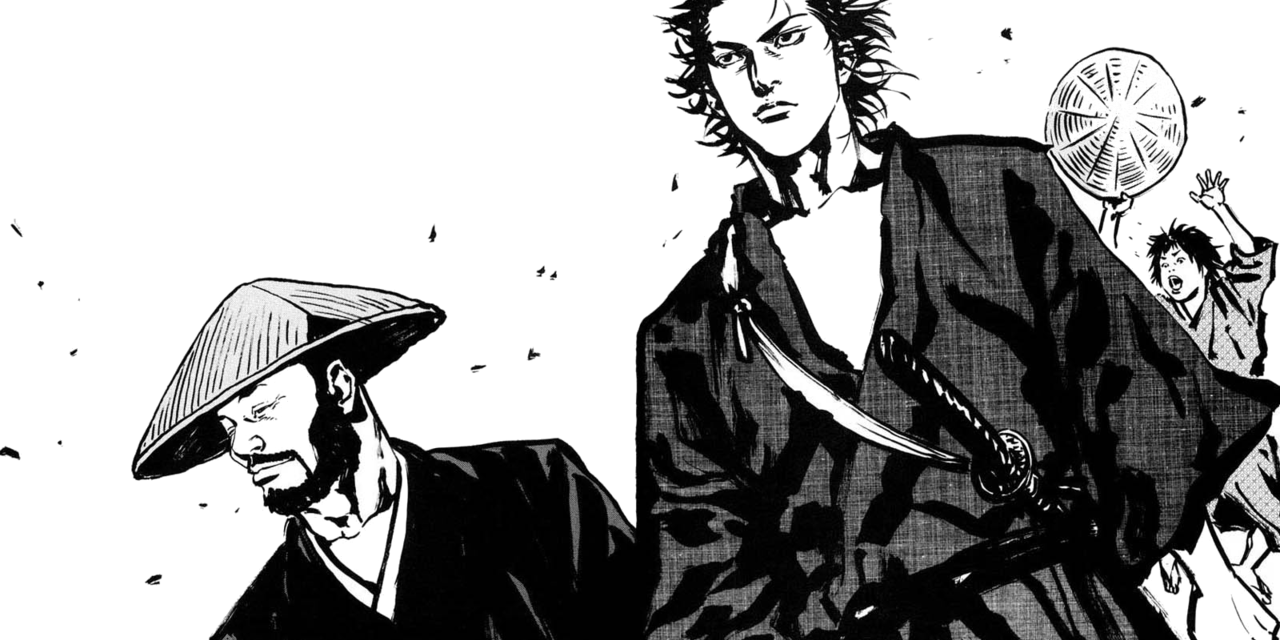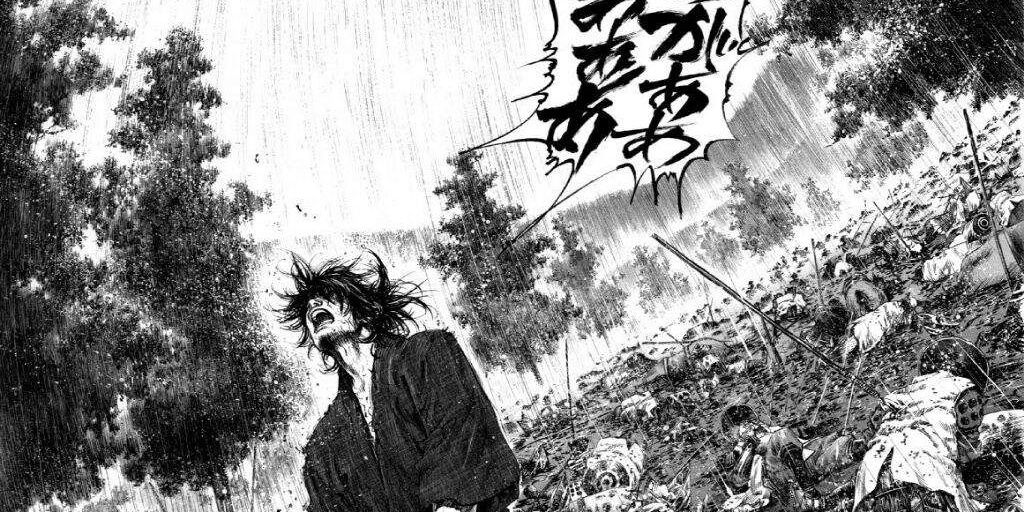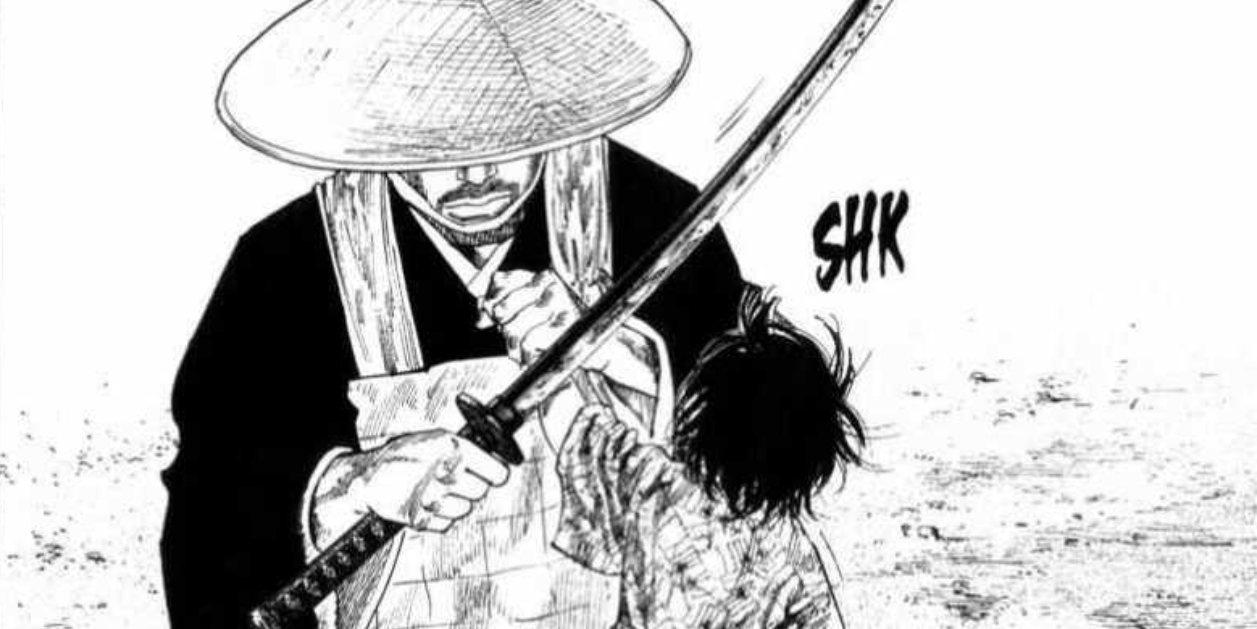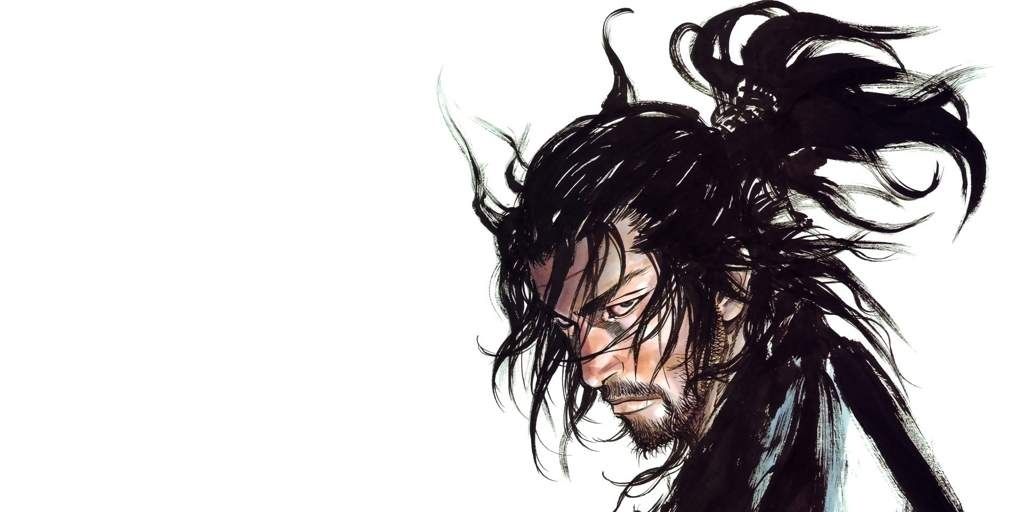The manga series Vagabond by artist Takehiko Inoue follows the life of Miyamoto Musashi--one of the most famous Japanese sword masters who ever lived. Musashi wrote The Book of Five Rings, a treatise on Japanese swordsmanship and philosophical still widely read throughout the world.
While Vagabond is inspired by historical events and people, it is still a work of fiction. The art and drama are absolutely stunning while the original source material has plenty of dramatic gravitas without needing to deviate from historical events. That said, Inoue took inspiration from the novel Musashi by Eiji Yoshikawa more than actual history, so the series is not without some poetic license. These are 5 historical facts Vagabond gets right and 5 things it does not.
10 Right: Dueling
One of the reasons to read Vagabond is that the fights are pure art! They're exhilarating, epic, and fantastically paced. Many of these are duels in which Musashi fights one-on-one against a single opponent, each of them looking down the length of their sword, hearts pounding as they can taste the nearness of death in the air.
The real Miyamoto Musashi was a master duelist. He won his first duel at just thirteen and had won more than 60 by the time of his death, never once being defeated. For this, he was known as a kensei, or sword-saint.
9 Wrong: Decorum
Feudal Japan had a very rigid honor code. At the time of the Tokugawa Shogunate, there were shifts happening in the country which brought some major changes to codes of conduct and people's roles in society, but overall, certain types of behaviors were acceptable and others would be punished with a quick death.
Jemas Whalen wrote an excellent article for Medium entitled "Complimentary Opposition: Vagabond vs The Historical Musashi" in which he points out that had someone accused Musashi of learning the way of the sword while whacking at trees in the forest, they'd have paid with their life. In the manga, Musashi is himself guilty of rudely breaking into a prestigious swordsmanship school like an oaf and making demands. Had he done so, it's unlikely he'd have lived to see old age.
8 Right: Battle of Sekigahara
Considered one of the great turning points of Japanese history, the Battle of Sekigahara took place in the fall of 1600 CE. The armies of the feudal Tokugawa and Toyotomi Clans clashed. The battle concluded with Tokugawa Ieyasu's Eastern Army defeating the Toyotomi Clan's Western Army, thus establishing the victorious Tokugawas as the future shoguns.
While there is some debate among historians, Miyamoto is said to have fought at Sekigahara. Vagabond begins with him lying on his back in the mud the aftermath of the historic battle, utterly defeated and haunted by the events of that day.
7 Wrong: Women in Society
One thing interesting about women in Vagabond is the way it establishes gender roles in feudal Japan. Most of the women in the story are brides, widows, prostitutes, or serve in some other distinctly domestic and subservient role.
While it is true that Japan has a long history of strictly enforced gender roles that have demanded women be submissive to men and act in these roles, this long history came into effect with the reforms made under the Tokugawa Shogunate. Before that, female samurai were a part of feudal society, being known as 0nna-bugeisha. Given that Vagabond opens at the very beginning of the Tokugawa rise to power, women should have more autonomy in the world.
6 Right: 2 Swords
Though Vagabond begins with Musashi traveling with just a wooden bokken practice sword, later in the series, he begins to use two blades: the longer katana (sometimes translated as "longsword") and the shorter wakizashi (also known as the "companion sword"). Worn together as a matching set, these two blades were known as a daisho.
In his treatise on swordsmanship, The Book of Five Rings, the historic Musashi speaks of the necessity of using both a katana and wakizashi together, as between them a warrior can adapt to any circumstances in which he might need to fight opponents.
5 Wrong: Heteronormativity
While certain reactionary groups today claim that the widespread depiction of LGBTQ+ people is a new phenomenon that deviates from historical precedents, feudal Japan was filled with same-sex relationships. Many famous samurai and daimyo had same-sex partners. There were male prostitutes, and men became sexually engaged in the monastic orders. Genderfluidity also seems to have been fairly commonplace, or at least forms of play which experimented with crossing gender binaries. Only through Westernization and the accompanying Christianization did same-sex couples become societally marginalized.
Historians debate about Musashi's sexual preferences. Whatever his sexuality, Vagabond fails to show the sexual diversity of world he lived in, as heterosexuality is shown not just as the default, but all-consuming.
4 Right: Buddhism
As a child, Musashi studied under a Zen Buddhist monk named Takuan. Later in life, he repeatedly referenced Buddhist and other religious teachings when writing The Book of Five Rings.
Vagabond does an excellent job of showing the prevalence of Buddhism both in early 17th Century Japan and as it directly impacted Musashi's own life. Takuan is even a major character introduced early in the story, acting as both a teacher and antagonistic foil to Musashi. Though Takuan nearly executes Musashi, he also helps the young man escape, saving his life.
3 Wrong: Attitudes Toward Violence
To read Japanese historical documents can be a bit of a shock for modern audiences, especially with regards to the casual treatment of violence. Samurai write sentimentally about techniques to skin an enemy's face or describe torching all the villages in a valley as lighting their path so they can ride at night. Modern hangups about violence just didn't exist.
Though Vagabond definitely is a violent manga (it is about a warrior, after all), it often has characters deeply upset by violent actions. Anyone who has studied Japanese history will find such attitudes laughably out of place.
2 Right: Violent Childhood
In the manga, Musashi makes references to his father being a hard man, a warrior whose brutal strength and cruelty was passed not his son. Additionally, there are allusions to his time as a child living out in the wood and training in swordsmanship.
The historical Miyamoto Musashi's father was Shinmen Munisai, a famed samurai who fought with both the katana and jutte. He started a school for swordsmanship where he killed one of his students. Shortly after that, he began training his son. While the manga isn't 100% accurate here, it gets a lot right.
1 Wrong: That Haircut
While it is impossibly to know exactly what Miyamoto Musashi looked like, most depiction have him wearing his hair in the traditional Japanese topknot. At some point not long before his death, he made a self portrait that showed him balding with short hair in the back and a hairless pate.
Whatever he looked like, he absolutely did not have anime hair. While artist Takehiko Inoue clearly is inspired by the topknot in his depiction of Musashi, the sheer amount of spiky strands pointing in all directions is definitely not meant to be taken as anything but an artistic aesthetic.

